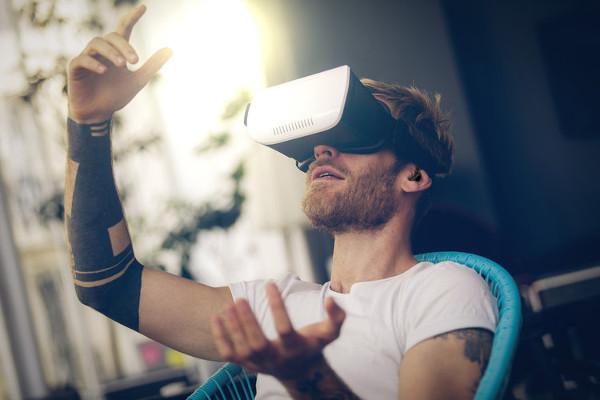Dirac Branches Out into Augmented/Virtual Reality

To make the AR/VR audio experience more realistic, the company’s Dynamic 3D Audio AR/VR platform uses patent-pending dynamic HRTFs (head-related transfer functions) that consider isolated movements of the head in relation to the torso, which is contrary to industry-standard HRTFs that assume the body and head always move in tandem.
“Simultaneous visual and aural immersion is the linchpin of a true virtual reality experience,” explained Dr. Mathias Johansson, founder and CEO of Dirac. “It’s what separates reality, experienced virtually, from an obvious representation of such. Until today, the limitations of the 3D audio technology used in VR/AR programming have prevented this true immersion from being created, rendering a gaming, entertainment, or educational VR experience that is fundamentally flawed…With Dynamic 3D Audio, these limitations no longer exist…
“If a phone rings to my left, its sound waves enter my left ear a fraction of a second before my right, and the sound bounces off my shoulders and head in various ways that allows my brain to localize the sound and instinctively rotate my head alone to face its source,” Johansson said, explaining how the development of dynamic HRTFs is central to achieving simultaneous visual and aural immersion. “The failure to accurately reproduce dynamic head movements in virtual reality is one of the reasons why existing 3D sound solutions don’t sound quite realistic.”
But the torso-head dilemma isn’t the only limitation addressed by Dirac’s Dynamic 3D Audio system. HRTFs are a function of how the ear perceives a particular sound from a point in space. Height, cranial proportions, and ear dimensions all play a role in one’s unique HRTF. To create a completely immersive 3D audio experience using the industry standard relies on using the “individualized” HRTF measurement of each listener—a time-consuming and laborious process that is ultimately impractical.
To overcome this roadblock, Dirac has developed an HRTF measurement process that is “exponentially more free from noise and error compared to existing approaches,” Johansson explained. When this measurement process is combined with dynamic HRTFs, “the benefits of individualization become virtually immaterial and ultimately obsolete,” he said.
Watch our CES coverage, which begins on Wednesday, January 4, for more on Dirac as well as the latest news from the floor of the world’s largest consumer technology show.





















































